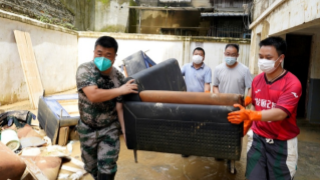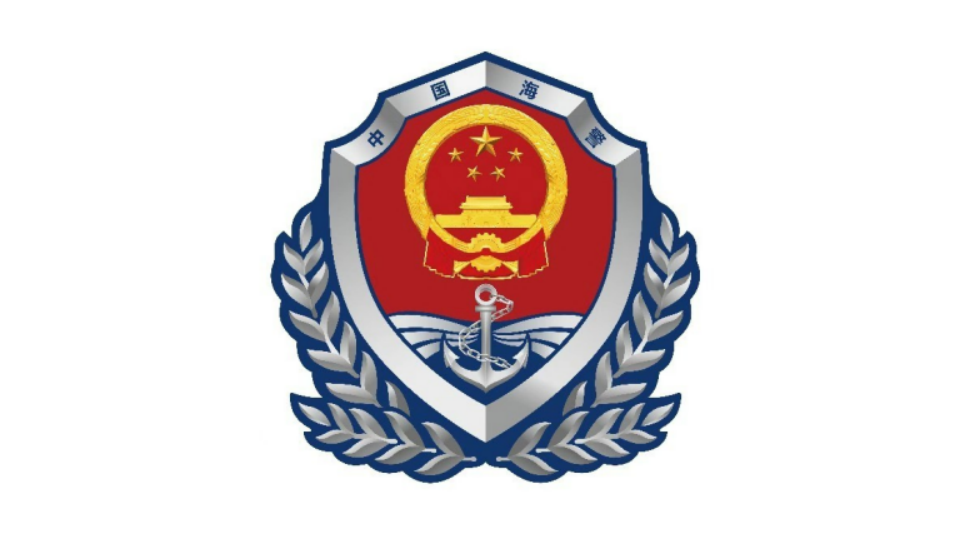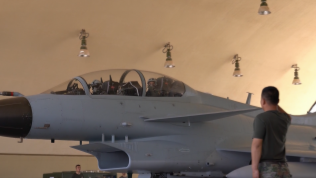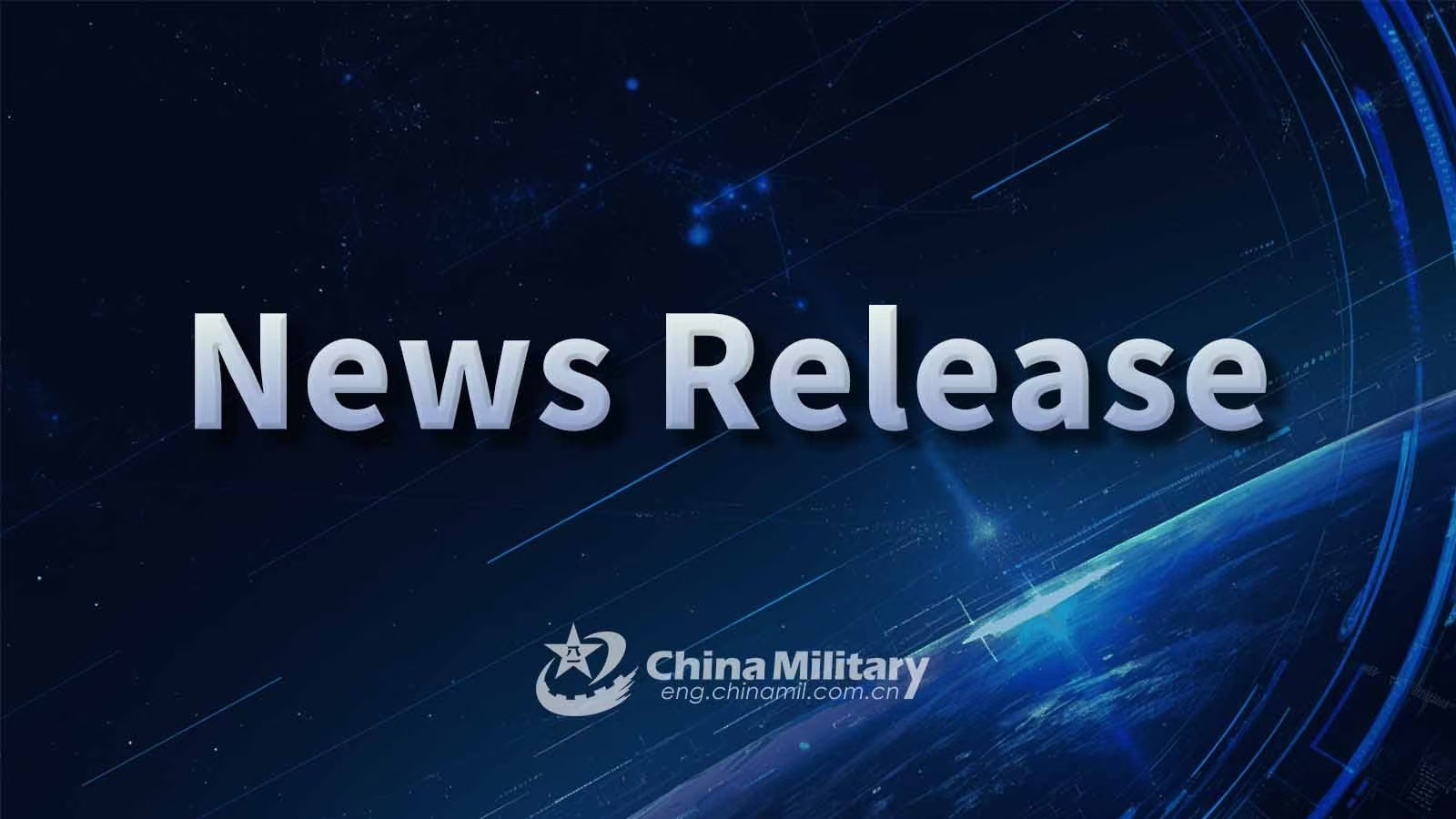By Ling Yunzhi
Recently, the Japan Self-Defense Force (JSDF) took part for the first time as an official participant in joint military exercises under the AUKUS framework involving the US, the UK, and Australia. Japan's involvement in the AUKUS exercises is essentially aimed at breaking free from the constraints of the post-war framework, seizing the high ground in military technology, and ultimately advancing its strategic shift from an exclusively defense-oriented policy to that of a normal country. This development warrants strong vigilance of the international community.
From Peripheral Alignment to Deep Binding
Since the establishment of AUKUS in September 2021, Japan has steadily infiltrated the mechanism in the capacity of a quasi-member. In particular, it demonstrates keen interest, particularly in areas such as the proliferation of nuclear-powered submarine technology and the sharing of advanced defense technologies. In April 2024, Japan announced its participation in the AUKUS Pillar 2 activities, which include cooperation on hypersonic capabilities and anti-submarine warfare. Japan's recent participation in the AUKUS joint military exercise as a formal member for the first time marks a shift in its role from a mere observer to an active participant and signals the commencement of substantive cooperation between the two sides.
During the exercise, the JSDF participated in the core task of testing acoustic communication technology between surface vessels and UUVs. As the most groundbreaking part of the entire exercise, the task signified Japan's deepening involvement in AUKUS's core military technology development framework.
It is worth noting that Japan also took advantage of the multinational Talisman Sabre exercise hosted by Australia to fully demonstrate its cross-domain cooperative combat abilities. By jointly deploying its F-35A stealth fighter jets alongside the Royal Australian Air Force's C-27J Spartan transport aircraft, Japan achieved seamless integration between airborne delivery and precision strike operations. This not only validated Japan's systematized approach to the employment of air power but also served as preparation for its future participation in high-end warfare under the AUKUS framework.
Attempt to Transition from Technological Collaboration to Political Breakthrough
First, by participating in multilateral cooperation under the AUKUS framework, Japan gains entry into cutting-edge technological domains such as artificial intelligence, quantum communications, and UUV swarming. While these technologies are outwardly promoted as defensive applications, they in fact carry significant offensive potential. This strategy of riding the tide enables Japan to pursue its goal of loosening military restrictions and breaking through the constraints imposed by Japan's pacifist constitution without formally amending it.
Second, Japan views its participation in AUKUS as a critical pathway toward becoming a normal state. During the exercises, Japan deliberately emphasized a dual-track approach, which focuses on both targeted technological breakthroughs and participation in large-scale multinational exercises. It is aimed at demonstrating its comprehensive capability to align with AUKUS's strategic objectives, thereby laying the groundwork for building a secondary power center with Japan at the core. It also reflects Japan's staking its future on the realist logic that power determines status.
Regional Security Faces Potential Crises and Multiple Challenges
First, Japan's participation in the AUKUS exercises is highly likely to trigger a new round of arms race. The core component of Japan's involvement, the testing of acoustic communication technologies between surface vessels and UUVs, points directly to a revolutionary shift in future underwater warfare, which is expected to set off a chain reaction of regional military competition.
Second, Japan's engagement in AUKUS exercises brings with it an unprecedented risk of nuclear proliferation. The fact that Japan has gained access to data interfaces related to nuclear propulsion systems through the exercises exposes critical loopholes in existing technology control regimes. This form of technical brinkmanship not only undermines the non-proliferation regime established under the Treaty on the Non-Proliferation of Nuclear Weapons (NPT), setting a dangerous precedent for East Asian countries, but also, given Japan's status as the only country to have suffered nuclear attacks, risks reigniting historical trauma among its neighbors. Such nuclear-related moves may, in turn, intensify regional states' motivations to pursue nuclear capabilities, thereby pushing nuclear proliferation in the region toward a perilous tipping point.
Finally, Japan's participation in AUKUS exercises threatens to inflict unprecedented damage on the already fragile foundation of regional security trust. By transforming technological cooperation under AUKUS into a de facto military alliance and converting ostensibly defensive drills into offensive rehearsals, Japan is prompting neighboring countries to re-evaluate their own security strategies. This could ultimately unravel existing multilateral security frameworks, force regional actors into zero-sum choices amid major-power rivalry, and push the Asia-Pacific security landscape toward a bloc confrontation reminiscent of a new Cold War.
Editor's Note: Originally published on thepaper.cn, this article is translated from Chinese into English and edited by the China Military Online. The information and opinions in this article do not necessarily reflect the views of eng.chinamil.com.cn.













